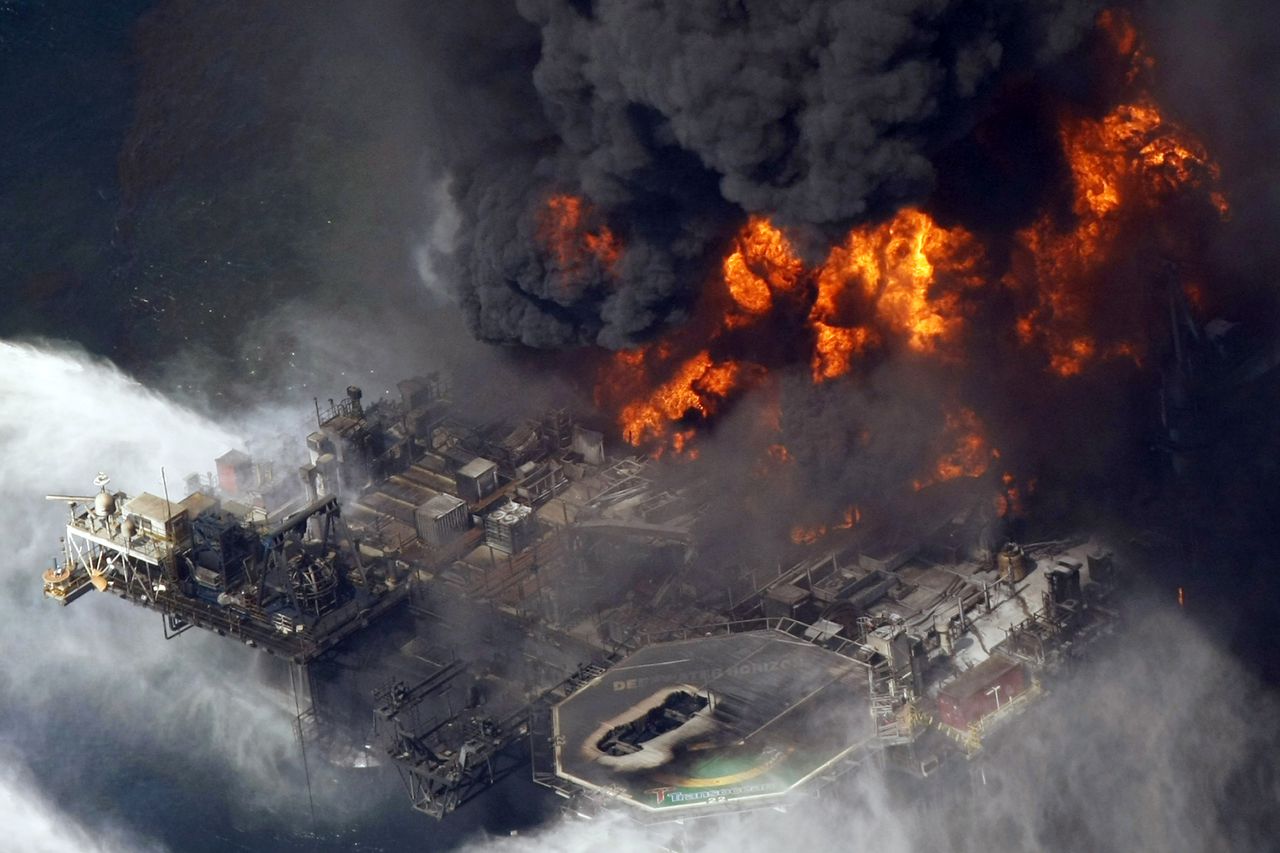Billion-dollar EPA fine continues legacy of convicting the nationâs biggest polluters
Just a week into 2024, the Environmental Protection Agency (EPA) collected $1.675 billion from a U.S. engine maker for installing illegal defeat devices designed to allow the RAM trucks they were installed in to emit excessive pollution.
Cummins Inc.’s acceptance of the fine makes it the largest civil penalty in the history of the Clean Air Act (1963).
You’d probably be surprised to know that the EPA usually collects hundreds of millions of dollars in civil and criminal fines related to breaches of the federal agency’s rules every year.
The cases range from small fines and warnings to sometimes multibillion-dollar penalties and surprisingly long prison sentences.
In 2017, a bumper year for the EPA because of the Volkswagen emissions scandal, the agency collected just under $3 billion in fines and sentenced defendants to a combined 153 years of incarceration. Judges also ordered over $3 billion in court-ordered environmental projects and nearly $150 million in restitution.
Sentences that year ranged from simple probation to up to 11 years in federal prison for defrauding a government tax credit scheme.
In 2022, a typical year, defendants were sentenced to a combined 21 years in federal prison, paid $150 million in fees, and forfeited over $200 million in illegal proceeds.
It’s unclear if the EPA, weakened and gutted under President Donald Trump, will make good on a series of far more rigid rules passed under President Joe Biden. Enforcing EPA rules is notoriously tricky at the criminal level because each case requires a full investigation.
Former agency leaders who have spoken to Reckon in the past have noted that the agency’s priority is to collect penalties and ensure environmental issues are fixed. Court is the last case scenario. But in certain cases, it’s impossible to avoid.
Here are some of the biggest and most important EPA cases in recent decades:
1. Cummins Inc. vehicle emission control violations (2024): Cummins Inc. was required to pay a $1.675 billion penalty for installing illegal defeat devices in over 600,000 RAM pickup trucks, resulting in the largest civil penalty in the history of the Clean Air Act.
2. Big Lake gas plant (2022): Big Lake Gas Plant L.P., a subsidiary of West Texas Gas, Inc., was sentenced to pay a $3 million criminal fine for negligently releasing approximately 525 pounds of hydrogen sulfide, leading to one death and one injury.
3. Monsanto case (2022): Monsanto pled guilty to 30 counts of violating the Federal Insecticide, Fungicide, and Rodenticide Act (FIFRA) and for unlawfully storing hazardous waste, resulting in a $6 million fine and an additional $6 million in community service payments.
4. Newport Naval Station Clean Water Act violations (2021): The EPA reached a compliance agreement with the Navy at Newport Naval Station, Rhode Island, for violations of the Clean Water Act, involving over $39 million in stormwater discharge infrastructure improvements.
5. Home Depot lead paint violations settlement (2020): Home Depot U.S.A. Inc. agreed to a $20.75 million settlement for violating the Lead Renovation, Repair and Painting Rule, requiring a nationwide program to ensure compliance with EPA’s lead-safe work practices.
6. Explo Systems illegal dumping and explosion in Louisiana (2018): This case involved the illegal disposal of hazardous waste by Explo Systems, Inc., leading to a large explosion at a storage facility, with cleanup costs exceeding $38 million.
7. Volkswagen emissions scandal (2017): Volkswagen AG was sentenced for three felony counts, including conspiracy to defraud the United States and violating the Clean Air Act, resulting in a $2.8 billion fine. One employee was sentenced to 40 months in federal prison.
8. KMTEX, KTX, Crosby, and Ramsey case (2017): These corporations were fined $3.5 million for criminal violations of the Clean Air Act related to a fatal explosion in Port Arthur, Texas.
9. AIREKO Construction Company case (2017): AIREKO Construction Company was fined $1.5 million and sentenced to three years of probation for violating the Clean Air Act by illegally removing asbestos-containing materials.
10. The BP oil spill in the Gulf of Mexico (2012): Known as the Deepwater Horizon incident, it led to significant criminal charges and fines. In this case, BP Exploration and Production Inc. agreed to plead guilty to felony manslaughter, environmental crimes, and obstruction of Congress.
The company was ordered to pay a record $4 billion in criminal fines and penalties, the largest criminal resolution in United States history. This plea was related to the 2010 disaster that killed 11 people and caused the largest environmental disaster in U.S. history.
As you can imagine, no executives were charged. Criminal charges were brought against four lower-level BP employees, with most pleading out for probation and no jail time.
11. Bryan Stowe (2012): One of the most notable environmental criminal cases in the U.S. involved Bryan Stowe, a developer from Sumner, Washington. In 2012, he was sentenced to prison for a felony violation of the Clean Water Act.
This was one of the first prosecutions in the nation for stormwater violations. Stowe was sentenced to six months in prison, one year of supervised release, and a $300,000 fine for knowingly violating a national pollution discharge elimination permit.
Additionally, he made a $100,000 payment to the National Fish and Wildlife Foundation for environmental projects targeting resources impacted by the illegal discharges. This case highlights the severity of environmental crimes and the strict enforcement of regulations to protect natural resources.
12. Exxon Valdez oil spill (1991): Exxon was fined $150 million, the largest fine ever imposed for an environmental crime at that time. The court forgave $125 million of that fine due to Exxon’s cooperation in cleaning up the spill and paying certain private claims.
Of the remaining $25 million, $12 million went to the North American Wetlands Conservation Fund and $13 million to the National Victims of Crime Fund. This settlement was part of a broader agreement that also included civil claims.
